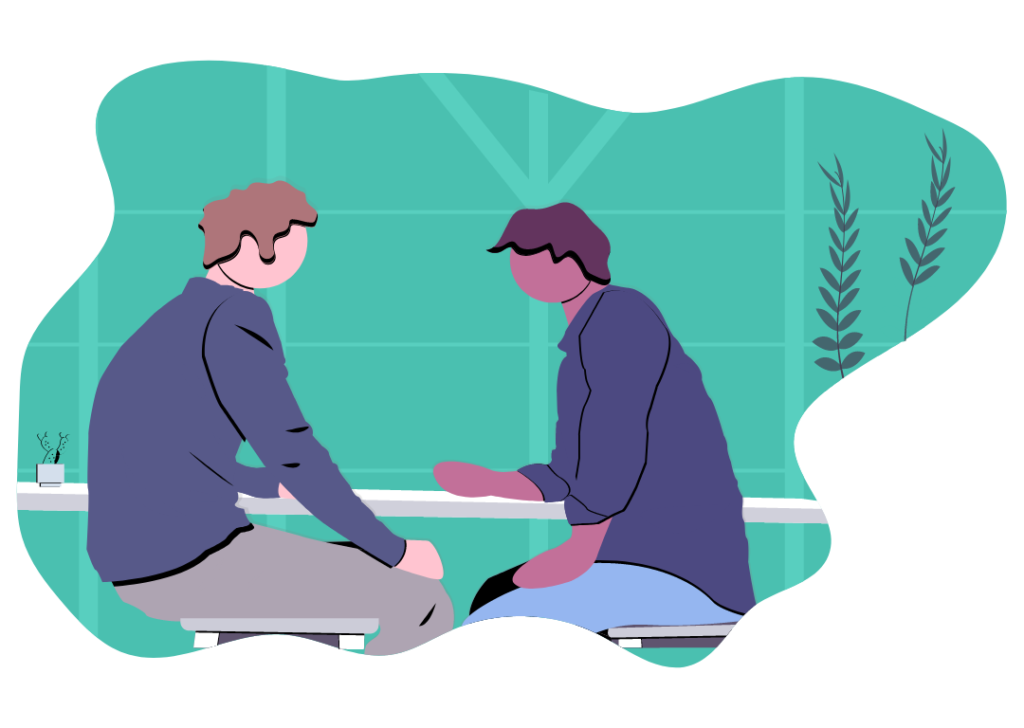
Succeed as a Caregiver While Sustaining a Career
Larry's personal caregiving journey crossed paths with his professional career when his father required emergency brain surgery.


This interview is part of an editorial series highlighting thought-leaders in the hospice industry chosen by the Open Caregiving team. This interview was not paid for by any third party.
I’m an internal medicine physician by training, and I began my practice at UnityPoint Health just about 18 years ago. Not too long after, I was asked to be involved in a new program our hospitals were starting called Palliative Care. It was a relatively new sub-specialty focused on helping patients and families clarify goals of care, as well as work on symptom management, particularly in patients with complex chronic illness.
Palliative Care and hospice work very closely together when a patient begins to decline and has shorter life expectancy, so I began working with our hospice physicians and learning more about what hospice did (there was very little teaching about hospice or end-of-life care in medical school 20 years ago).
As I began learning more about hospice and working with patients at end-of-life, I realized it was something I was very passionate about, especially the longer I practiced medicine and learned more about taking care of chronically ill patients. Hospice care seemed to be the natural progression in a continuum of care at the end of life. Because of this, I went back and got board-certified in Hospice and Palliative Medicine.
I began working full-time with the hospice team at UnityPoint Health almost 6 years ago and took over as medical director shortly after that.
Oftentimes, when people hear the word hospice, they associate it with dying very quickly, or “giving up” and stopping medical care. I try to explain to patients and families that hospice is just the next step in treating whatever illness is causing their decline. At some point in any disease, the things we would traditionally do to treat or manage that disease do not work effectively. This is when the goal may change to focusing on comfort and symptom management, rather than trying to provide treatment that unfortunately isn’t helping.
Hospice looks different for every patient and differs depending on their disease progression. When patients understand what’s happening, it can also make a difference. Patients with stage IV cancers are usually aware that their disease is not curable, but patients with congestive heart failure, COPD, or chronic kidney disease aren’t as aware that eventually these diseases will end their life.
Regardless, I try to explain that hospice is there to help manage symptoms and problems that come up as the patient continues to decline from their disease, and to help people live as well as they can. This can mean everything from medication management (both for disease management and for symptoms), to bringing equipment into the home to help a family lift a patient, to having a nurse come 24 hours a day to help with a problem so that the patient does not have to go anywhere.
I try to reiterate with every patient and family that hospice has nothing to do with “giving up.” There is always something we can do to help the patient feel more comfortable. We want our patients to do as well as they can for as long as they can. Hospice is also not about giving up hope; rather, it is about supporting different things patients and families hope for, whether that is a peaceful death, less pain or more meaningful time together.
Patients and caregivers should choose a hospice that has a large enough staff to care for the number of patients they have in a timely manner. Ask about what ancillary therapies the hospice provides (massage therapy, music therapy, pet therapy, etc.). Make sure the hospice clearly explains how their care is covered by either Medicare, Medicaid or private insurance. I also recommend patients and families ask about where the hospice gets their medications and equipment.
Most importantly, I would ask the hospice what their plan is if the patient were ever in a situation, such as a pain crisis, they could not handle at home. How would their organization manage this? I recommend to patients and families that aren’t sure which hospice to use to look at the Medicare website, specifically hospice ratings like patient satisfaction and symptom management. These are very important, objective measures of care.
What sets us apart is our affiliation with UnityPoint Health. As part of an integrated health system, UnityPoint Health Hospice has access to all the resources of our health system. This alignment means patients and families can find everything they need under one UnityPoint Health roof. For example, we have our own infusion pharmacy, which provides IV medications 24 hours a day, and our own home medical equipment supply. We can also easily access services, such as interventional radiology, at our hospitals. We can provide the care that most patients need wherever they are at, whether that be in their home, a long-term care facility, assisted living or our hospice house.
I’d be remiss if I didn’t also mention the staff at UnityPoint Health Hospice. We have such a dedicated group of nurses, aides, social workers, chaplains, therapists and bereavement specialists who are passionate about providing the best hospice care possible.
Technology has always been important to hospice, but especially so during the pandemic. Like many organizations, we pivoted and embraced technology that helped us see patients virtually and allowed us to facilitate video visits between patients and their families. It was a challenging situation, but also very rewarding for me to see our staff go the extra mile to connect our patients with their loved ones.
For me, quality care means we do everything we can to meet the goals of the patient and family, which usually means providing comfort and dignity wherever the patient wants to be at the end of life. Every patient is different, but I always try to direct the hospice team to go back to what the patient wants, and see if we can make that happen. For some patients, that means good pain control is the most important thing for them. For others, it means being able to stay at home with their family caring for them, in which case we provide a lot of support and help to make them successful.
Quality care also means we provide the best care we can to every patient, and at the same time respect their individual needs and wishes, such as religious or cultural beliefs. I firmly believe hospice care should be the best of our humanity. Everyone deserves excellent care at the end of life.
I want patients and families to know that hospice is most helpful when we can get involved before the patient is very close to death. Even when the patient has decided to stop pursuing aggressive medical care, they often delay involving hospice care because they are afraid. The earlier we can be involved and provide support to patients and families, the better their experience will be.
Sometimes doctors can be hesitant to bring up hospice, even when they think it is appropriate, because they don’t want to “discourage” a patient. I would tell patients and families – ask your doctor for information about hospice care. Bring it up before they do and take advantage of the wonderful services hospice provides for as long as you can.

Larry's personal caregiving journey crossed paths with his professional career when his father required emergency brain surgery.

As Joy was mourning the loss of her father, her mother was diagnosed with cancer and required emergency surgery.

Elizabeth-Leigh was at the peak of her career as a Chief Clinical Officer and enjoying the life she worked hard for when she became a caregiver to her parents.